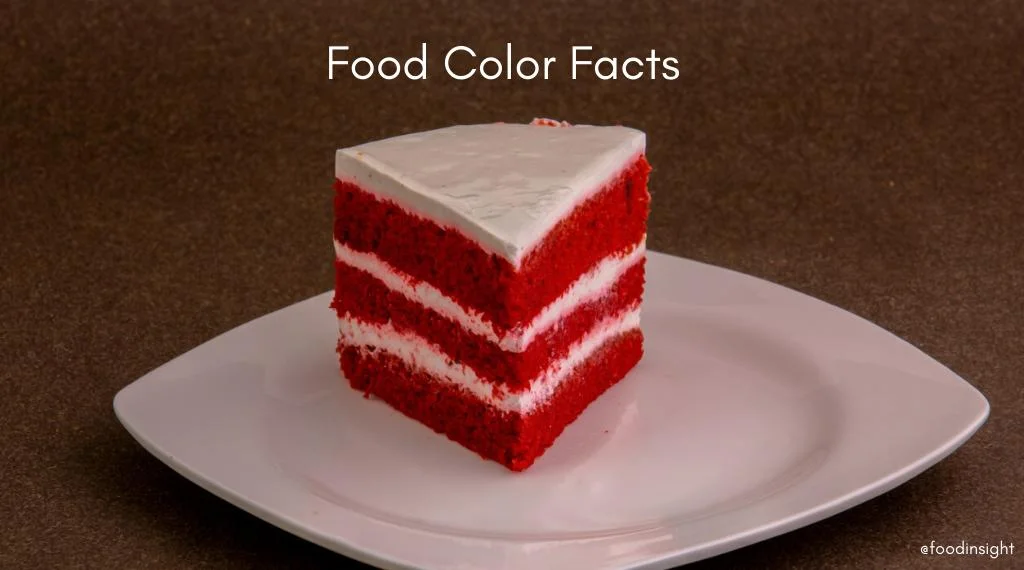
Safety
Food color additives are safe. They have been evaluated for safety by several regulatory authorities across the globe, including the U.S. Food and Drug Administration (FDA) and the European Food Safety Authority (EFSA).
Globally, the Food and Agriculture Organization of the United Nations (FAO) and World Health Organization’s (WHO) Joint FAO/WHO Expert Committee on Food Additives (JECFA) reevaluates the safety of food and color additives. JECFA, an independent scientific expert committee, performs risk assessments and provides advice to FAO/WHO member countries and the Codex Alimentarius Commission (CAC).
Their function in food
According to experts, “color is the single most important sensory cue to expectations about the likely taste and flavor of food and drink.” In addition to increasing the consistency of naturally occurring colors in food, color additives also allow us to easily identify foods we like.
Food colors and hyperactivity
Scientific studies on the potential relationship between food colors and hyperactivity have been conducted for over 30 years. To date, most scientific experts and regulatory agencies agree that enough evidence does not exist to support a causal relationship between food color consumption and increased hyperactivity.
In 2020, the state of California completed a risk assessment of synthetic food dyes to determine the effects of food colors on behavior in children. The results of this risk assessment will determine if future regulatory action (additional labeling requirements) will be necessary to inform Californians about potential health risks. The summary report, “Health Effects Assessment: Potential Neurodevelopmental Effects of Synthetic Food Dyes In Children” is available on the OEHHA website.
What does the FDA have to say about food colors and hyperactivity?
In 2019, the FDA convened its Science Board to discuss “Color Additives and Behavioral Effects in Children.” Upon reviewing FDA’s exposure assessments and the scientific literature on relevant studies of color additives and Attention Deficit/Hyperactivity Disorder (ADHD) that have been published since the 2011 meeting, members of the Board concluded that “there isn’t any new information that would really necessarily today change the point of view or the perspective.” In short, no new information was provided to establish a link between the consumption of FD&C color additives in food by children from the general population and adverse effects on their behavior. And no new information was provided to “establish that the use of artificial food color exclusions is an efficacious dietary intervention in the nonpharmacological treatment of children with ADHD and related problem behaviors.”
Stay informed about food colors
If you would like to limit or avoid food color additives altogether, you can easily do so by reading the ingredient list on the food label. Color additives used in the product will be listed in the ingredient list.




